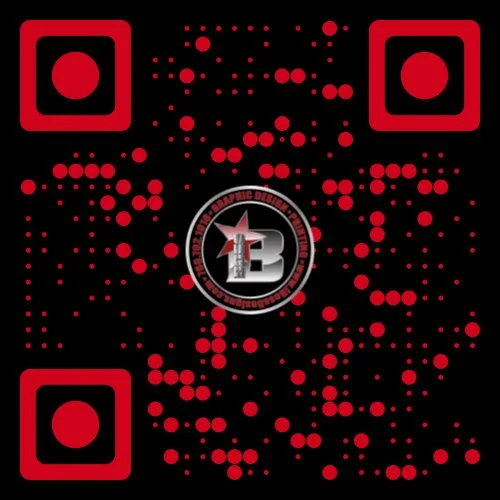Qr codes explained
A QR code (Quick Response code) is a two-dimensional barcode that can be scanned using a smartphone camera or a dedicated QR code reader. The code contains information that can be easily decoded, such as a website URL, contact information, or a promotional offer.
To use a QR code in a marketing campaign, a business can create a QR code that links to a landing page with a special offer or promotion. The QR code can be printed on business cards, brochures, or billboards, and customers can scan the code using their smartphone camera to access the offer. QR codes can also be used in email marketing campaigns or on social media platforms, where customers can scan the code to quickly access a website or social media page.
QR codes can also be used for event registration, ticketing, product tracking, and inventory management. It's a versatile technology that's quick and easy for customers to use, making it a popular choice for businesses looking to drive engagement and conversions.
A QR code can be linked to a variety of information, such as:
Website URLs: A QR code can be linked to a specific webpage or website, allowing customers to quickly access the site by scanning the code.
Contact information: A QR code can be linked to a business's contact information, such as a phone number or email address.
Location data: A QR code can be linked to a location on a map, allowing customers to quickly find the business or event location.
Social media profiles: A QR code can be linked to a business's social media profiles, allowing customers to quickly follow or like the page.
Promotions and discounts: A QR code can be linked to a special offer or promotion, such as a discount code or coupon.
Event registration or ticketing: QR codes can be linked to event registration or ticketing pages, allowing customers to quickly register for an event or redeem their ticket by scanning the code.
Product tracking and inventory management: QR codes can be used to track inventory and manage products in a warehouse, for example, by scanning the code to update stock levels, track deliveries, and more.
Wireless configuration: QR codes can also be used to configure wireless networks, such as connecting to a wifi network by scanning the code instead of typing the password.
This is not an exhaustive list, and new uses for QR codes are being developed all the time.

